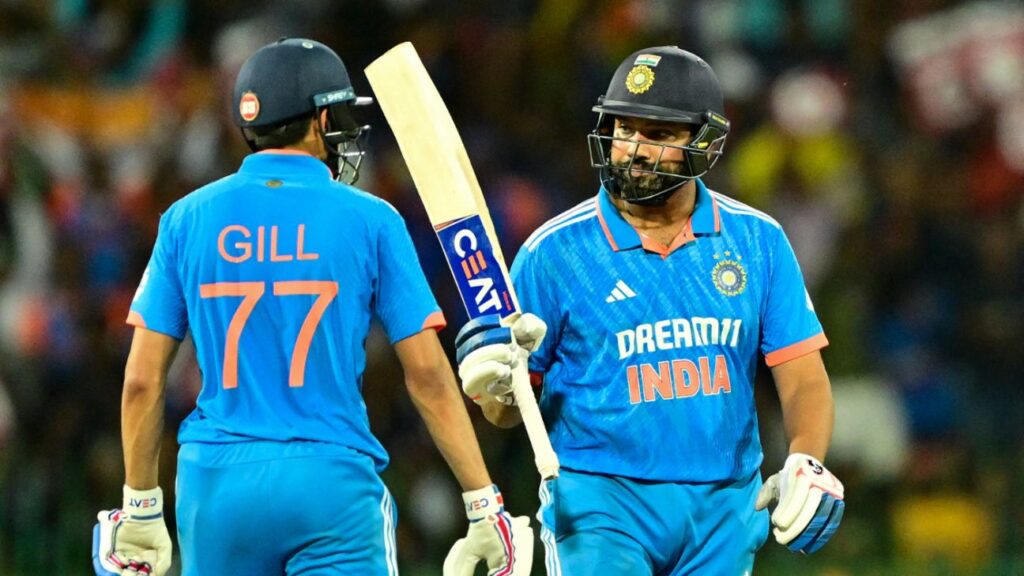[ad_1]
“Was it a shock? I would say yes, there is a surprise,” Nayar said. “But you anticipate and understand that in these conditions the game can turn on its head because there is so much spin on offer.
“Even if you look at the last game, it was relatively easy to score against the new ball. As the ball got older, the conditions when batting second got slightly tougher. Sometimes in tough conditions, especially in the 50-over format, this happens.
“We want to go back and understand, and rectify, why it happened twice in a row. The day before yesterday, we were able to stitch partnerships. But today we lost quite a few wickets in a bundle.”
That bundle of wickets came between overs 14 and 24, when India lost their six wickets – all against Vandersay – for 50 runs. Vandersay had the ball turning big from the outset, as many of India’s spinners also did. But he bowled tight lines too, and kept batters pinned in the crease with his lengths and flight.
“They bowled well – I think Vandersay bowled the ideal length in these conditions,” Nayar said. “In such conditions, when the ball is turning – and the way Vandersay bowled today, used his finger, and bowled stump to stump – you get these phases when there is assistance from the pitch. I feel today we should give more credit to Sri Lanka.”
“When you are batting first, there is less pressure,” Nayar said. “When you are chasing, the pressure is more because you have to keep an eye on the run rate, wickets. Whenever you bat first, you often have partnerships. Wellalage batted really well, both in the last game and this game. They scored important runs in the lower order.”
“My belief is that in any sport, position only matters if you’re playing in different areas of a game. We lost wickets in the middle phase, and that’s where the middle order batters batted. It’s not as if middle order batters batted towards the end.
“If you look at numbers like four, five, or six, maybe sometimes it can play games in your head. It was more about keeping a left-and-right combination, keeping in mind that there were offspinners, and a legspinner in the Sri Lanka team.
“The thought process was right. When it doesn’t work out, these questions are asked often. But I’ve always believed that if a middle order batter bats as a middle order batter, it is the right decision.”
Andrew Fidel Fernando is a senior writer at ESPNcricinfo. @afidelf
[ad_2]
Source link
